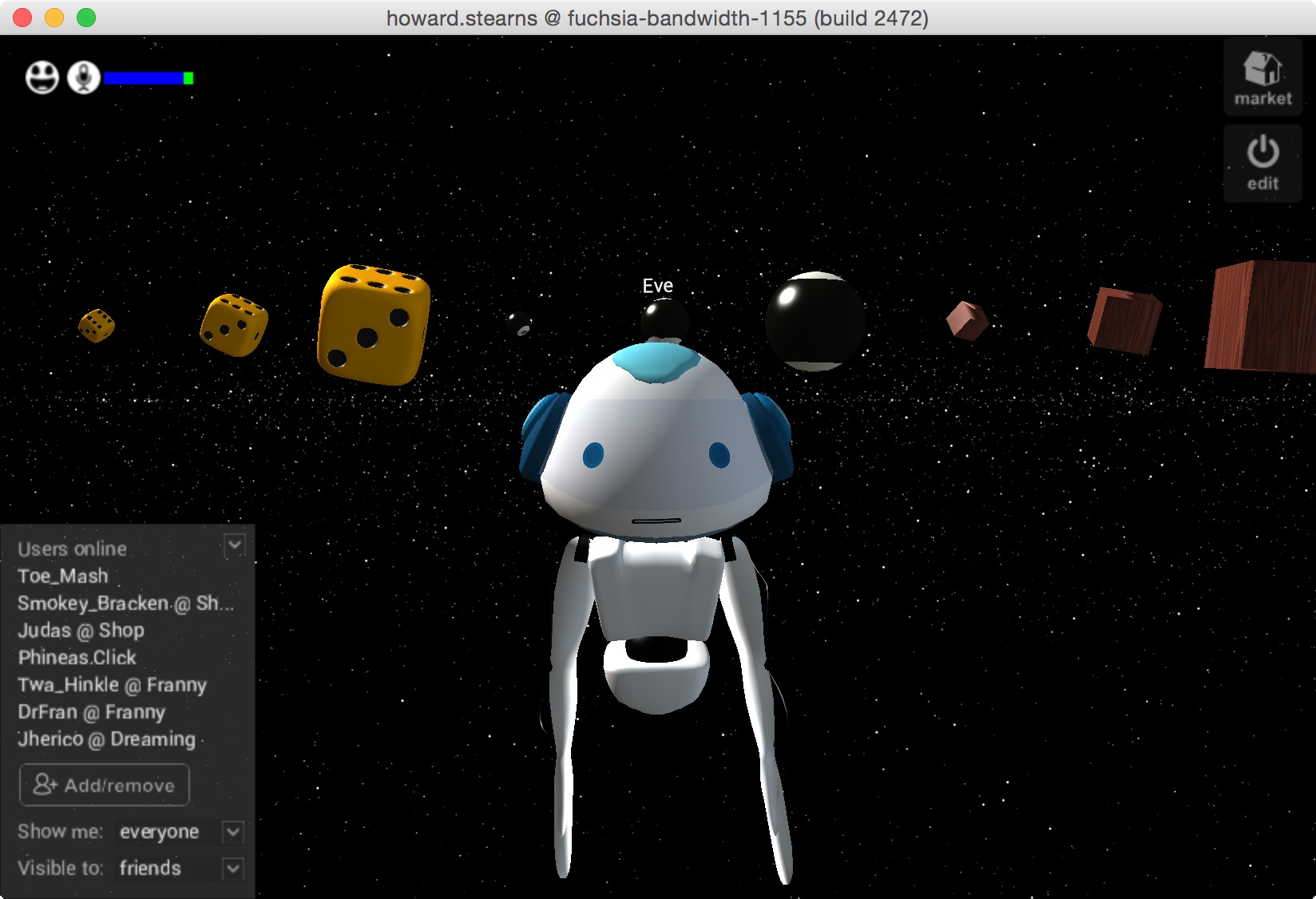Yesterday I wrote that it was too soon to start celebrating and that we could expect Comcast to muster its vast army of lobbyists and effectively bottomless treasury to keep trying to push its merger through. I even gently chided Tim Wu for declaring the Comcast deal “dead.”
Well, I am incredibly happy to eat crow on this one. To my surprise, Comcast decided to pack it in rather than push like Hell for the next few weeks. But on reflection, Comcast’s decision makes sense for several reasons. I will break these out in a separate post. But first, before the wonky stuff, I want to pause and reflect on the last 16 months.
At the start of 2014, things looked grim. First, the D.C. Circuit threw out the old Net Neutrality rules. Then Comcast announced it would buy Time Warner Cable. People believed that in corrupt Washington, no one could stop the well-connected Comcast whose CEO plays golf with Obama from getting what it wanted, and assumed the “former cable lobbyist” Tom “dingo” Wheeler would simply hand the Internet over to his cable buddies.
In February 2015, the FCC reclassified broadband as Title II. Today, Comcast will announce that it is abandoning its effort to acquire Time Warner Cable in response to resistance at every level of government. And Tom Wheeler appears on track to put a real pro-consumer, pro-competition agenda in place.
I know it is typical at this point for me to remind everyone that we have proven once again that Citizen’s movements are citizen driven! And it is indeed the case that without the massive and coordinated efforts by the grassroots at every level — like my friend Hannah Jane Sassaman and the Media Mobilizing Project taking it to Comcast HQ in Phildelphia (and who continues to organize efforts to reform Comcast’s practices via the city’s refranchising process), the folks at TURN and Greenlining who opposed Comcast at the California Public Utility Commission, and everyone who wrote to the FCC or called their member of congress — we could not have won these battles and the battles yet to come.
But we also need to actually appreciate the hardworking folks at the Department of Justice and the Federal Communications Commission who actually did their jobs and looked at the facts and recommended the right thing — despite all the pressure some of the most powerful corporations in America could bring to bear. The staff who took the time to pick apart all the carefully prepared expert statements and the professionally prepared and packaged “evidence” submitted by Comcast and sift through the millions of pages of documents submitted into the record, patiently building the legal and factual case against the merger that could survive not only judicial scrutiny, but the anticipated counter-attack by the army of coin-operated think tanks and shills.
Yeah, those guys. The despised “bureaucrats” and the FCC and DoJ bosses who had their backs and gave them room to do the right thing. Them. They did their jobs. They worked hard at it. They came to the right result.
Next time you want to score cheap points or enjoy the pleasures of easy cynicism, remember that. I’m not saying they’re perfect, or all good and pure and noble. Heck, I spend a good deal of my time trying to swim upstream and push staff in directions they may not want to go, and am not afraid to call out the bad calls, the politically based decisions, and the stuff that’s just plain wrong — often in rather snarky and unflattering terms. I’ve got a job to do as well, and that means making sure that those in charge don’t get a free pass when they side with special interest against the public interest.
But I am saying that there are a lot of people at the FCC — and in federal service generally — trying to do their job and get it right. Sometimes they even succeed, if the process lets them. When that happens, it would not kill you to say “thanks.”
Stay tuned . . . .








